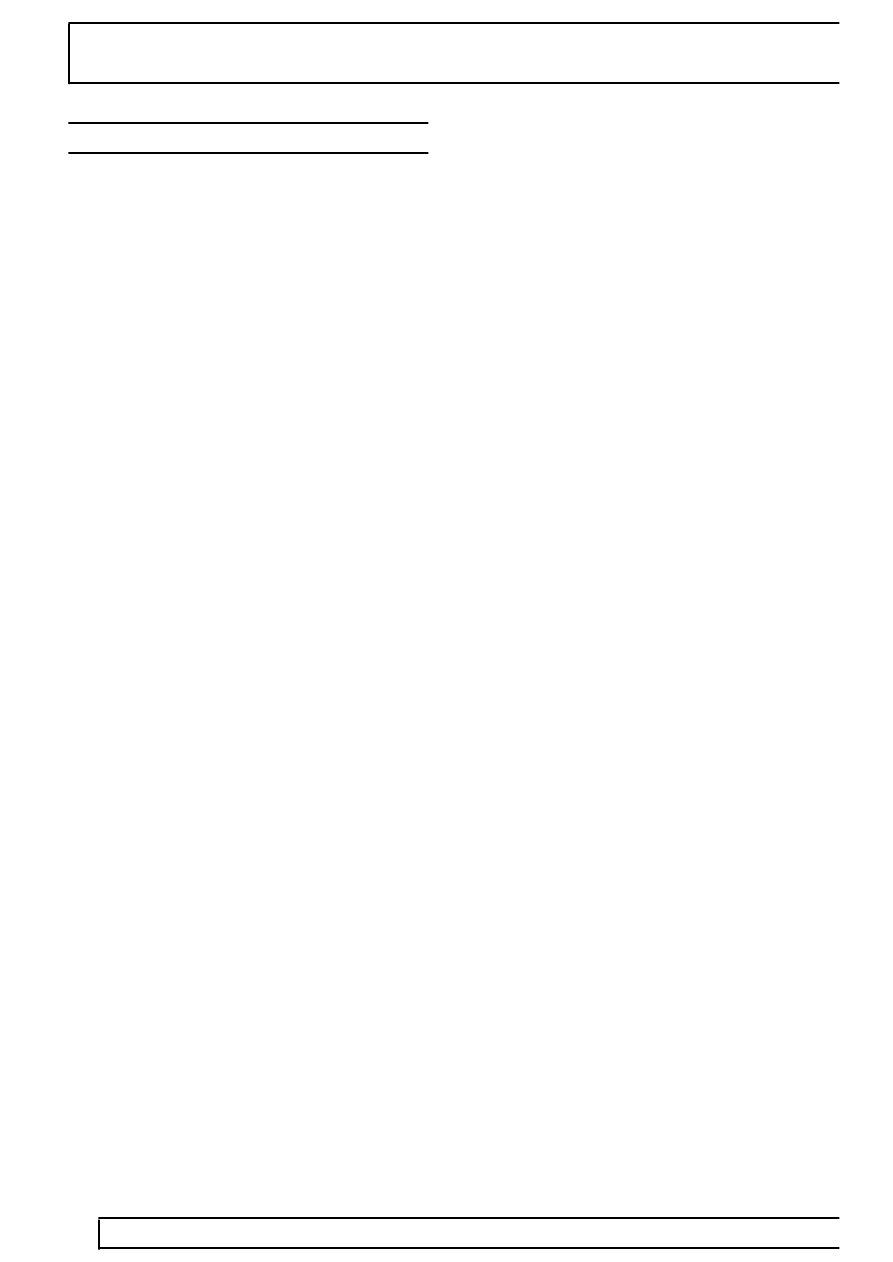Range Rover P38

82
AIR CONDITIONING
NEW RANGE ROVER
4
FAULT DIAGNOSIS
REFRIGERANT SYSTEM FAULTS
For any refrigeration system to function efficiently all
components must be in good working order. The
system cooling cycle and the relationship between air
discharge temperature and ambient temperature and
the pressures at the compressor can help in
determining the correct operation of the system. The
length of any cooling cycle is determined by such
factors as ambient temperature and humidity,
thermostat setting, compressor speed and air leakage
into the cooled area, etc. With these factors constant,
any sudden increase in the length of the cooling cycle
would be indicative of abnormal operation of the air
conditioning system.
The low and high side pressures at the compressor
will vary with changing ambient temperature, humidity,
in-car temperature and altitude.
Where the efficiency of the refrigerant system is
suspect, carry out a system performance test.
See
Adjustment. The following components should be
checked before operating the system:
•
Drive belt tension.
•
Compressor clutch operation.
•
Blower motor operation.
•
Condenser unit fins. Build up of dirt will cause
poor cooling and higher operating temperatures.
•
Air filter elements. A blocked filter will restrict
cooling of the evaporator and it is, therefore,
important to renew both filters at the
recommended service schedule.
The following conditions should be checked after
operating the system for several minutes:
•
All high pressure lines should be hot to the
touch.
•
All low pressure lines should be cool to the
touch.
•
Inlet and outlet temperatures at the receiver/drier
should be at the same temperature (warm). Any
noticeable temperature difference would indicate
a blocked receiver/drier.
•
Heavy frost on the expansion valve inlet would
indicate a defective valve or moisture in the
system.
